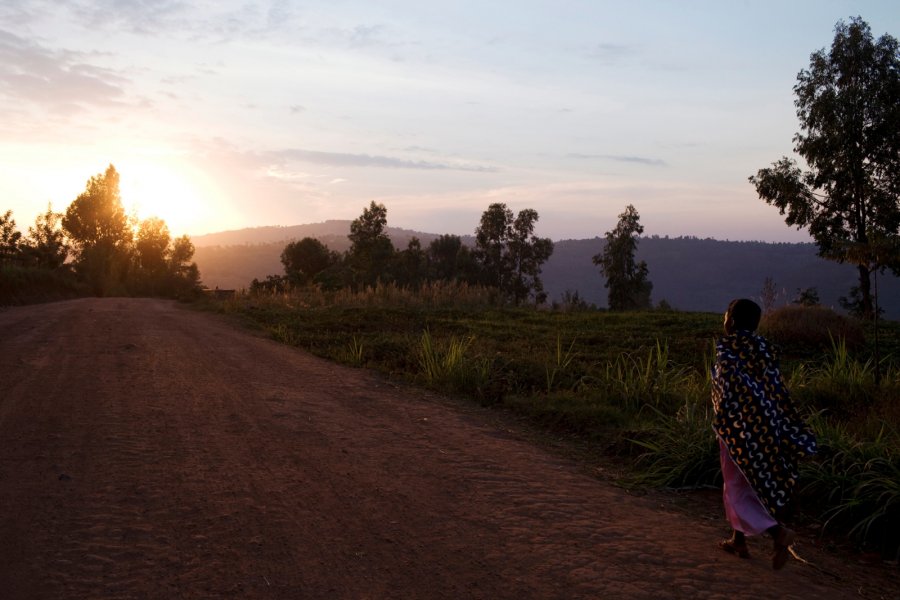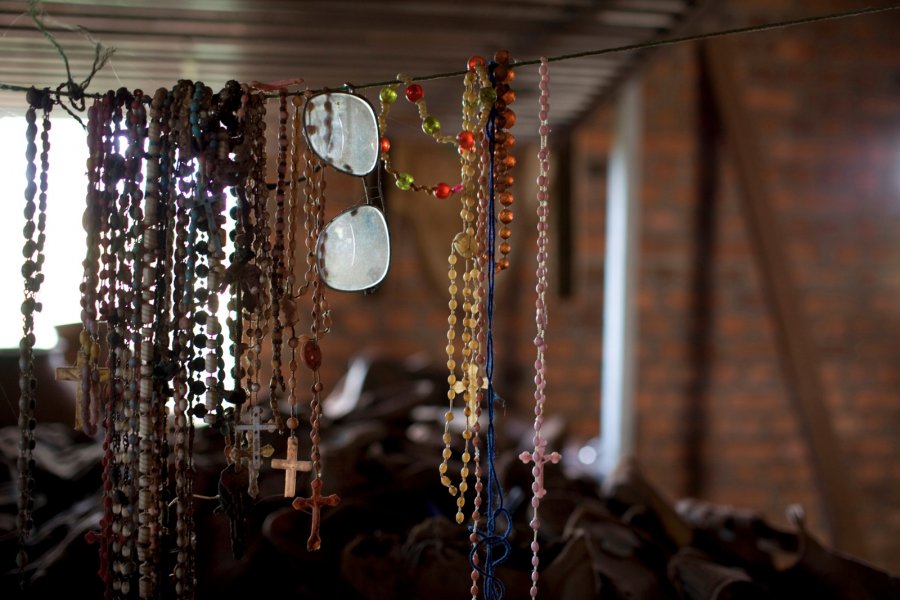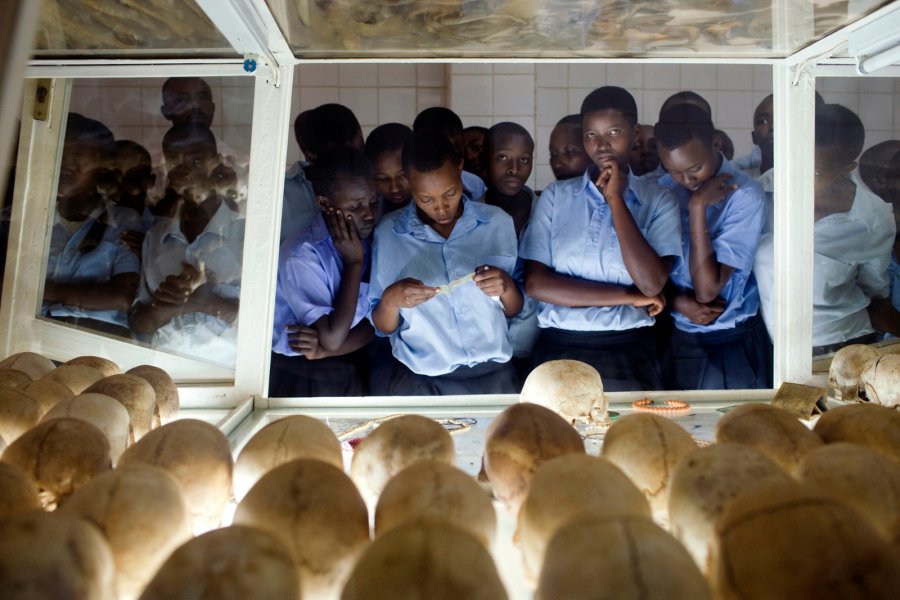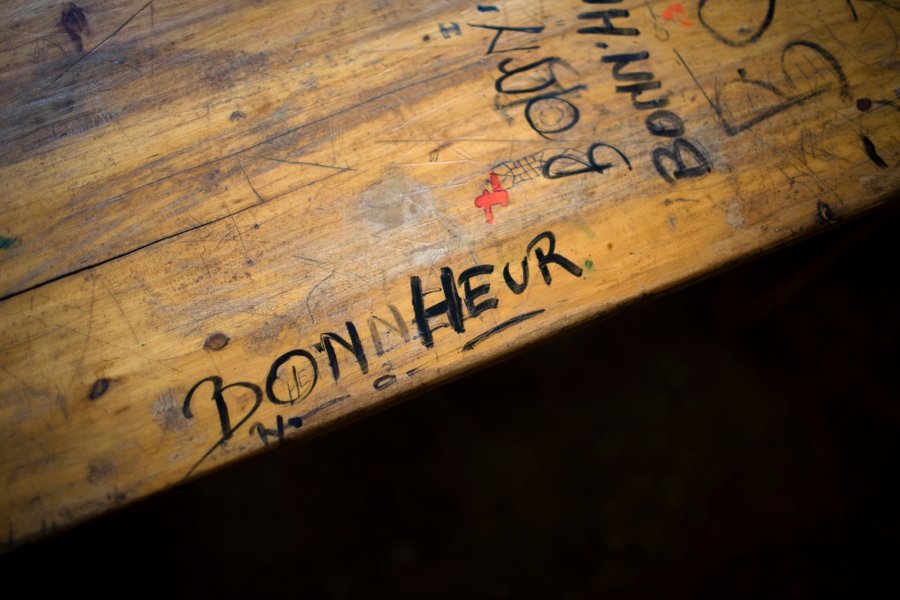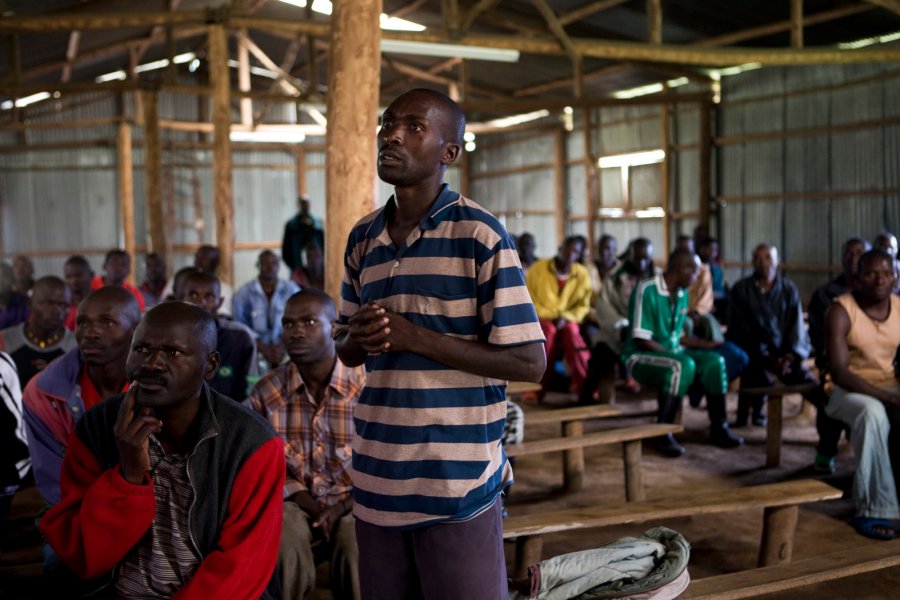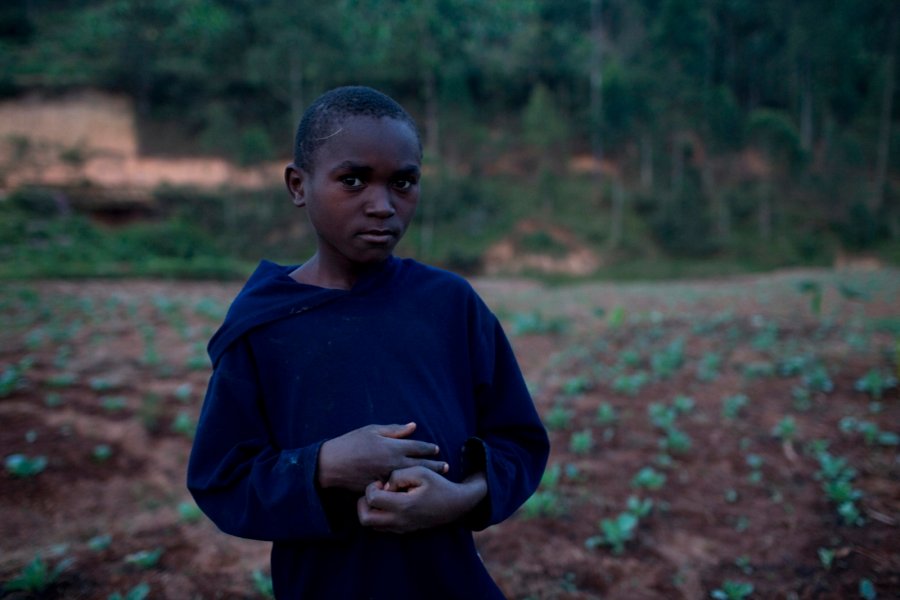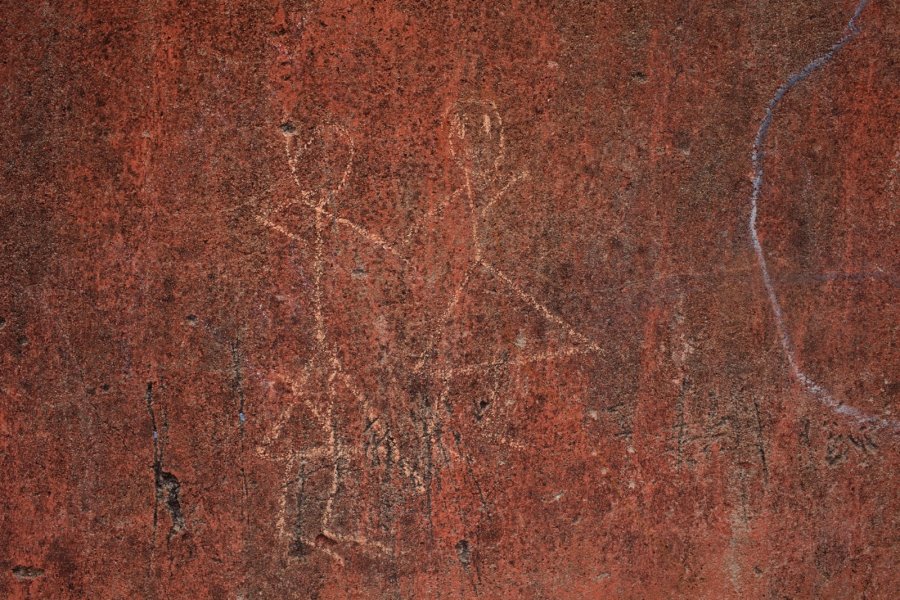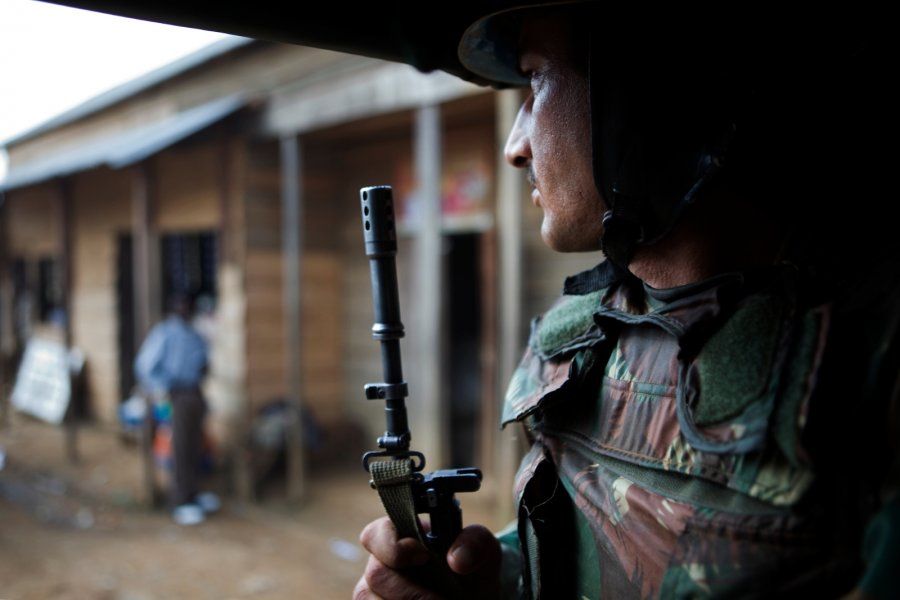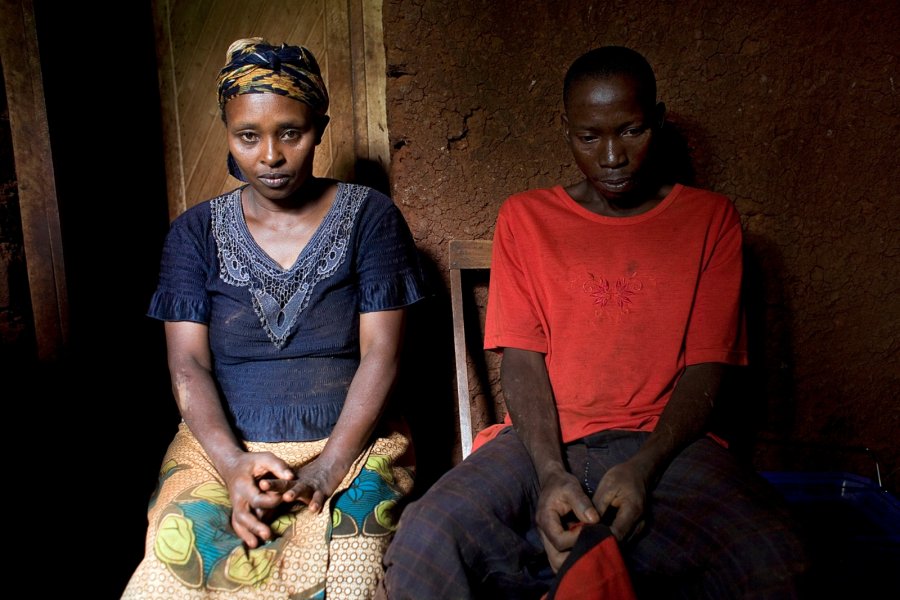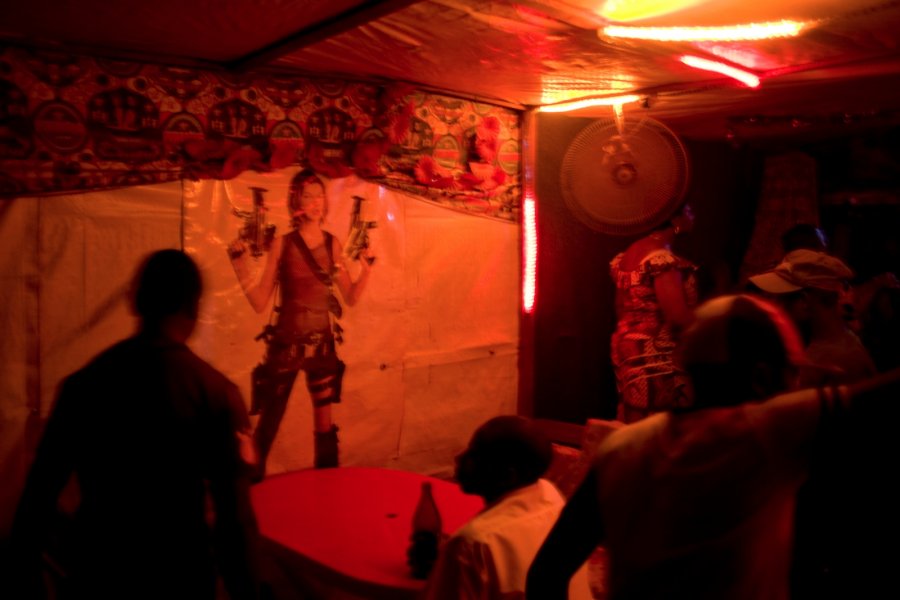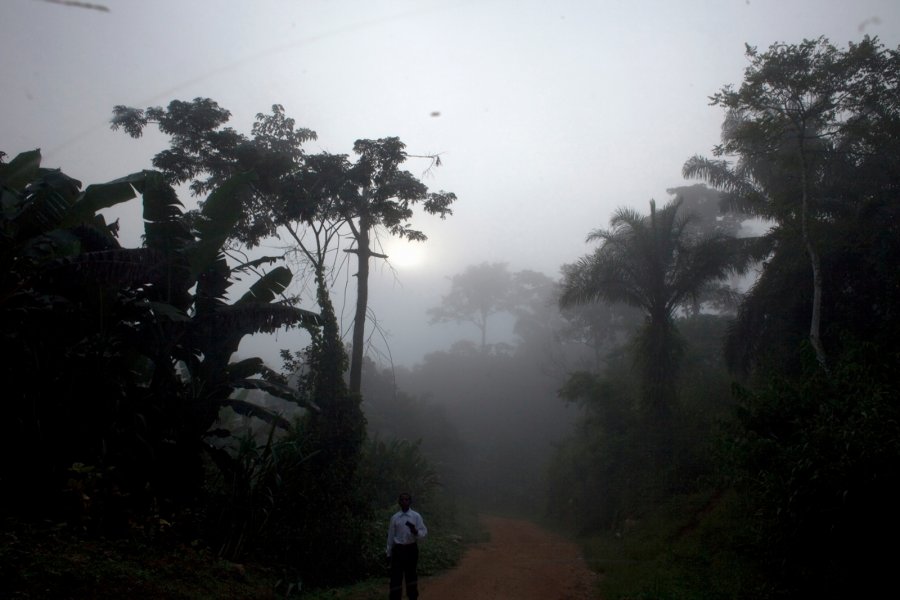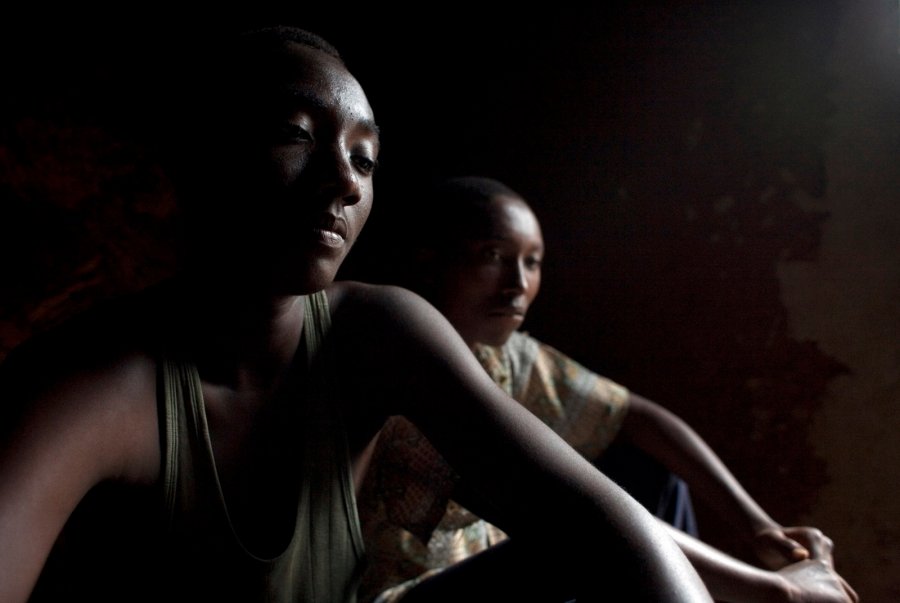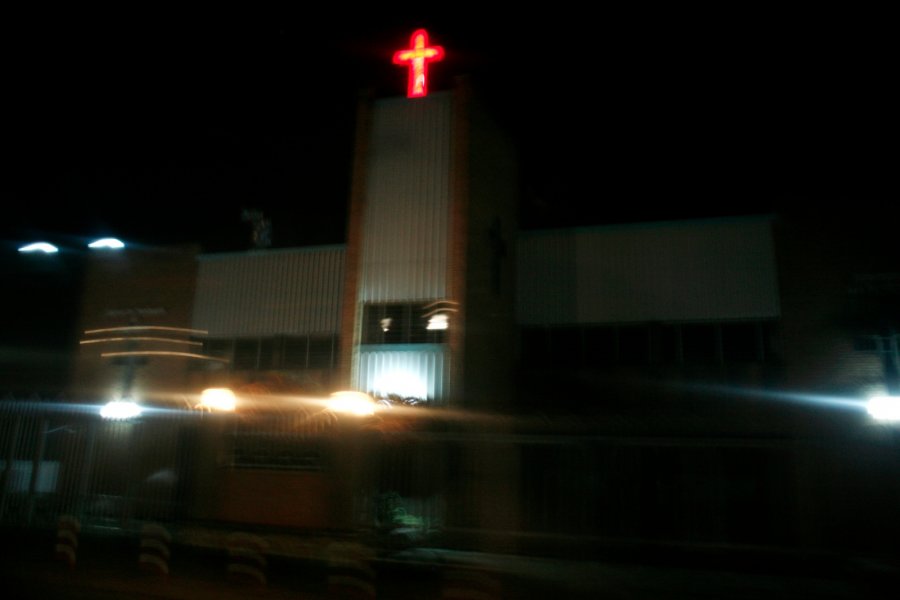GENOCIDE AFTERSHOCK: A journey in the African Great Lakes region
This ongoing work looks at the regional consequences of the 1994 Rwandan genocide in Rwanda, Burundi, and the Democratic Republic of Congo. It looks at the long lasting instability and national reconciliation. In villages in Rwanda and Burundi perpetrators of crimes live side by side with their victims, some of whom lost their entire families. They see each other every day. Some pretend to be friends, their children play together. Although the wounds aren’t completely closed, they follow the government’s strong appeal to forgive. Although ethnicity has officially disappeared in Rwanda and Burundi, in reality, m utual trust is still a long way away.
On the evening of April 6th 1994, the plane carrying Juvénal Habyarimana, the Hutu president of Rwanda, was shot down by a missile as it was preparing to land in Kigali. This event triggered a plan to exterminate the Rwandan Tutsi minority. In a hundred days an estimated 800 000 Rwandan Tutsis were killed.
At the end of those one-hundred days, the RPF (Rwandan Patriotic Front) led by Paul Kagame, a rebel group composed mostly of Tutsi refugees from neighboring Uganda, took over the country, crushing the Hutu dominated FAR (Rwandan Armed Force). As a consequence an estimated two million Hutus fled Rwanda for Congo, Burundi and Uganda.
For more than two years following the end of the genocide, an estimated one million Hutu refugees, along with former-interhamwe (the state militia that coordinated the genocide) and ex-FAR, lived in massive refugee camps spread across eastern Congo.
The refugees blended in with the local population, while with the support of international aid groups, the former interhamwe/ex-FAR regrouped and re-branded itself as FDLR (Democratic Front for the Liberation of Rwanda). From their bases in the Congo, they continued staging attacks against the RPF forces governing Rwanda.
What had been an internal Rwandan conflict had now fully spilled across the border, and soon Rwandan forces were invading the Congo in search of the FDLR, whose presence in eastern Congo was now not only tolerated but quietly supported by the newly formed Congolese government. Other nations were quickly drawn in—Angola, Uganda, Namibia, Zimbabwe—and anyone sharing a border with the eastern Congo region became belligerent in a conflict whose final death toll would reach approximately five million people.
The Rwandan genocide alone is not responsible for the chaos in the Great Lakes region. The instability in Uganda caused by rebel groups such as the LRA (Lord resistance Army), the ethnically based civil war in Burundi between 1993 and 2002 and the long lasting tensions in the north and south Kivu regions in ex-Zaire have all played their part in contributing to the ongoing violence. It is fair to say that the genocide sparked a domino effect, one that helped cause the fall of the Mobuto regime, whose demise internationalized the conflict. Burundi, Rwanda, Uganda, DRC (and the ramifications in Central African Republic and South Sudan): all these crisis in the Great lakes operated in tandem, where actors manipulated ethnic hatred as a base strategy for gaining power.
